There are residual beacon platforms and camp relics Sichuan new discovery of large military fortress sites during the Dali period of Nanzhao
Author:Cover news Time:2022.06.18
Cover reporter Dai Zhuxin Photography Yang Bo
At an altitude of 2458 meters, the north edge of the Yanyuan Basin, the top platform on the top of the Mataba River on the right bank of the Mataba River, who has watched it?
On the afternoon of June 18th, at the Symposium on the Academic Seminar of Yanyuan Bronze Culture and the interaction of various nations, the associate research librarian of the Sichuan Provincial Institute of Cultural Relics and Archaeological Research Gao Han shared the new archeological discovery of the Yanyuan dry boat site: archeological players were in A large military fortress site in the Dali period of Nanzhao was found here. The remaining beacon and camp relics recorded the long years of vicissitudes.
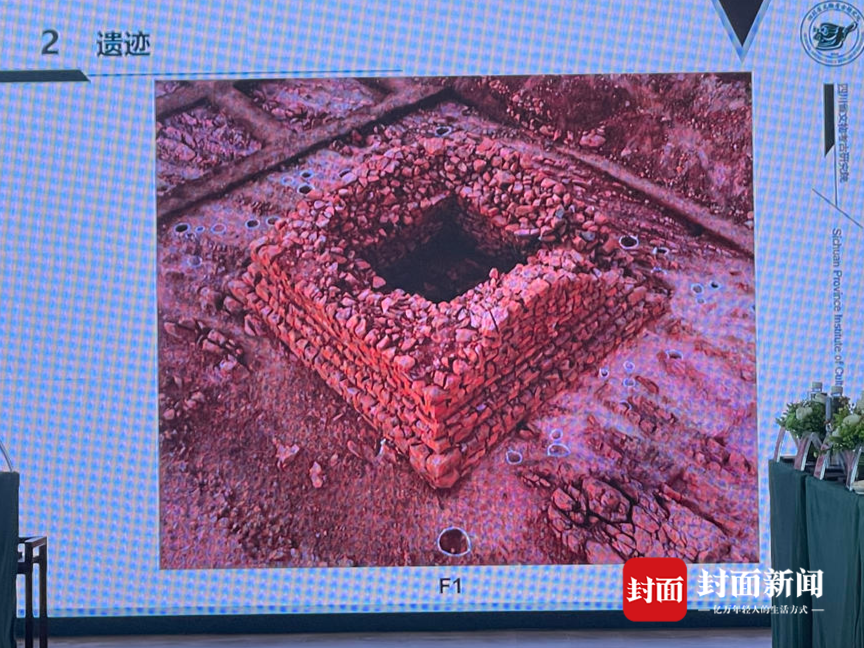
F1, suspected beacon relic
New discovery of Yanyuan Archaeological Discovery Beacon Stand and Camp Library Relics
The salt source basin has a special location, and it has multi -salt, iron, copper, gold and other minerals. It has been a strategic place since ancient times. In the early Tang Dynasty, Yanyuan was now set up in Kunming County, and was occupied by Nanzhao and Tubo. During the period of several times after the Tang Dynasty recovered and lost, Nanzhao was expelled from Tubo and monopolized the Yanyuan Basin.
After Nanzhao, this place was based on Dali State. Kublai Khan's three troops conquered Dali. To the Yuan Dynasty and the Ming Dynasty, they returned to the Central Dynasty.
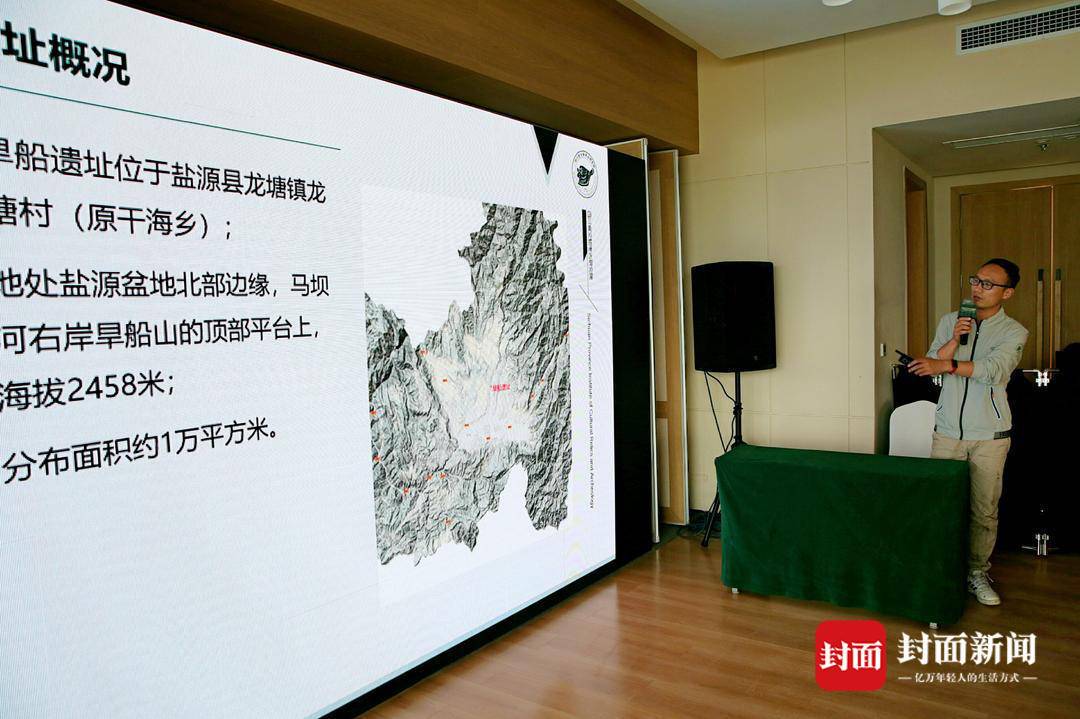
Seminar site
Gao Han, the person in charge of the site, introduced that the dry boat site is located in Longtang Village, Longtang Town, Yanyuan County. It is located on the northern edge of the Yanyuan Basin. On the top platform of the dry boat mountain on the right bank of the Mataba River, the altitude is 2458 meters, and the distributed area is about 10,000 square meters. Essence In order to cooperate with the construction of the Longtang Reservoir, excavations began in September 2021. The planned excavation area was planned to be 1,000 square meters. Later, due to important relics extended to the excavation area, it expanded several times, and the area was about 2,000 square meters.
Archaeological players excavated 70 ruins here, including ash pit, room, ditch, stove, burning noodles, stone walls, etc. The most worth mentioning is that two special rooms were found.
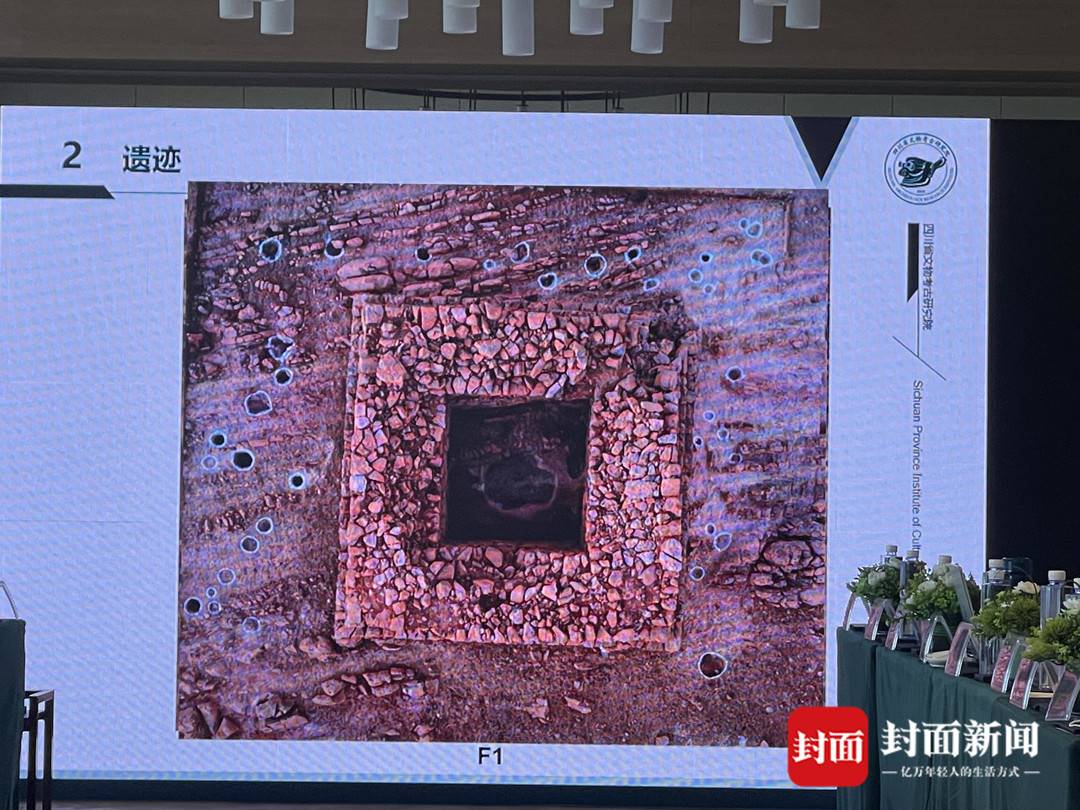
F1, suspected beacon relic
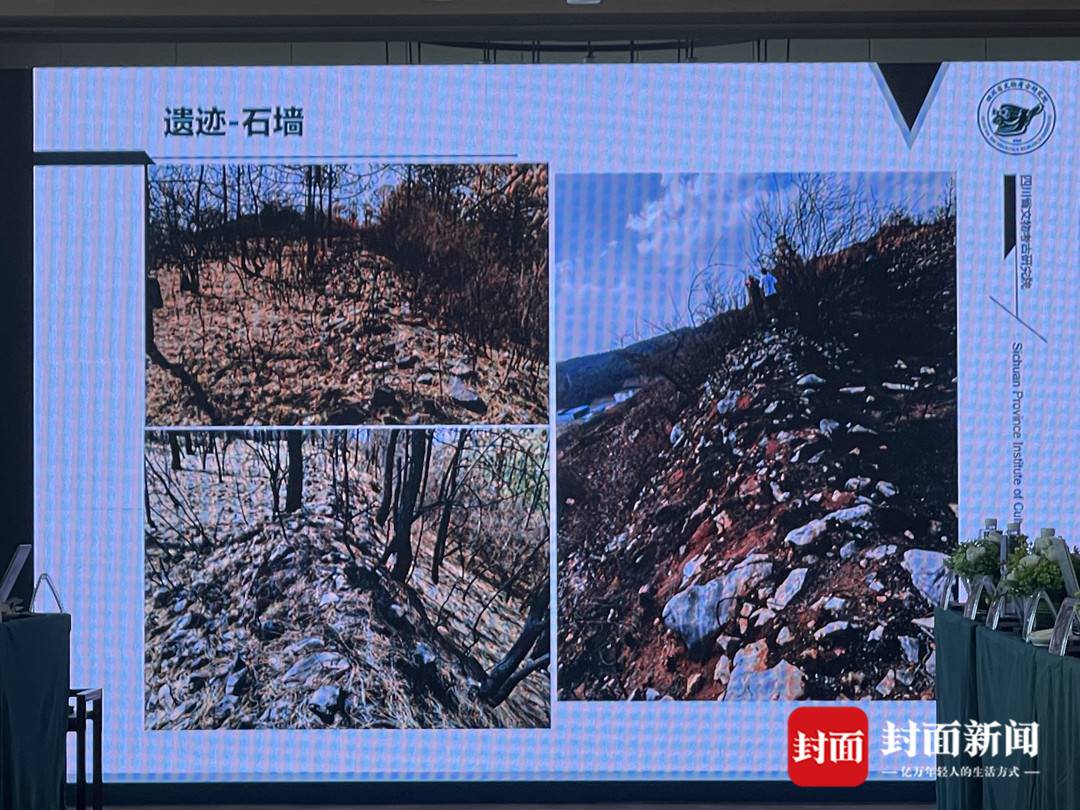
Stone wall relic
One of them was named F1 by the archeological players. This relic is a stone -building dwelling, with a square plane with a square with a diameter of about 8 meters; the stone wall is about 2.3 meters thick and the residual height is about 3 meters. No door holes were found, and a large number of column holes were found peripherals.
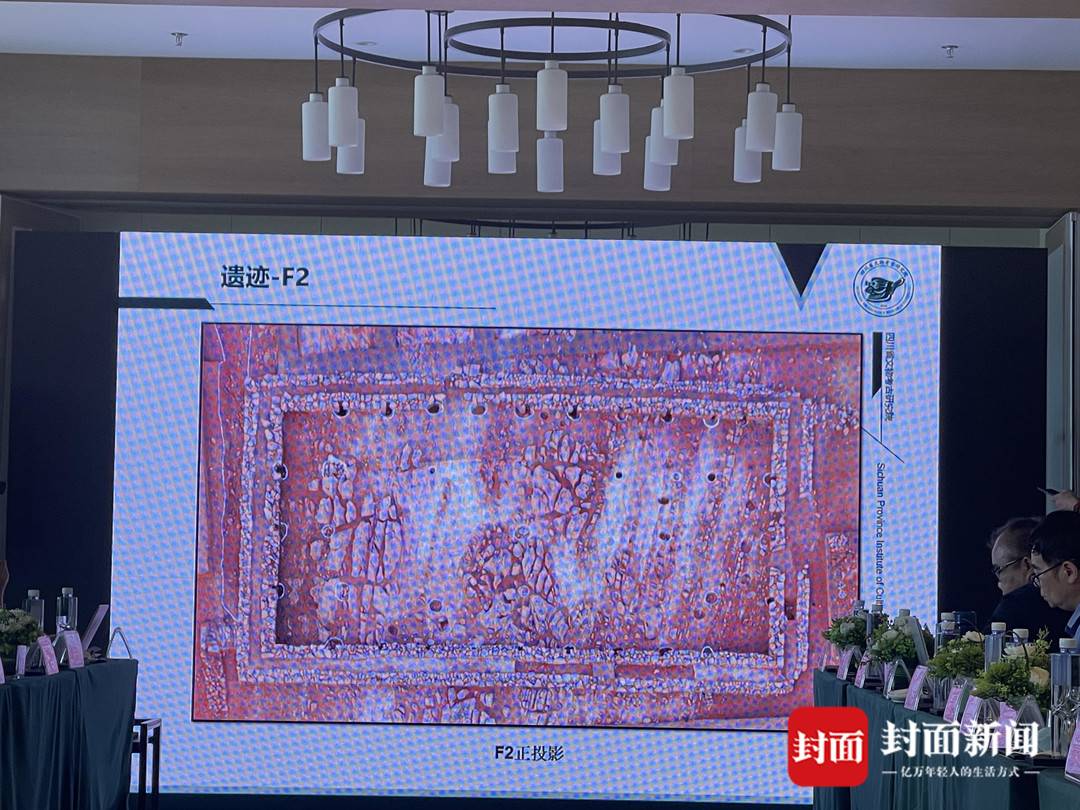
F2, suspected camps, warehouses
Another room site is named F2, the plane is rectangular, the foreign minister is about 28 meters, 16 meters wide, the area of about 450 square meters, the wall is about 1.8 meters wide, the inner and outer side is stone, and the middle part is rammed soil. A large number of pillar holes were found inside and inside the room site. Archaeological players infer that it should be a barracks and warehouse buildings.
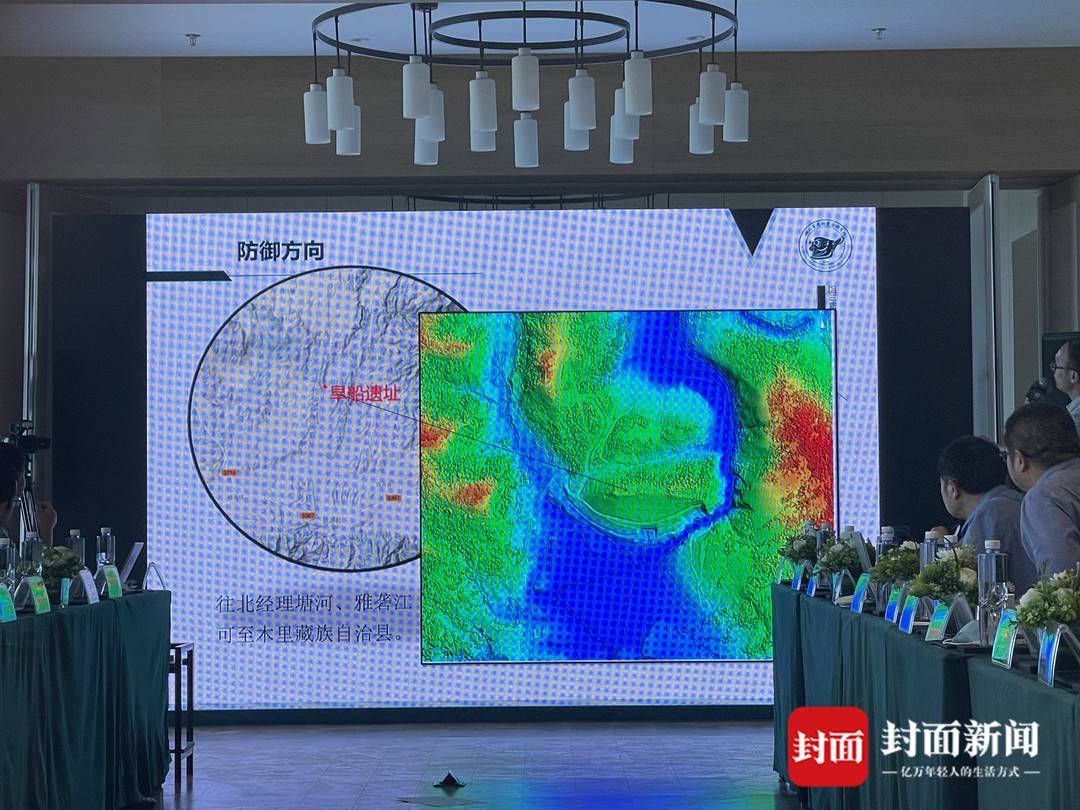
Defense direction diagram
"The height difference is 100 meters, there is no water on the top of the mountain, and life is not convenient. Therefore, we infer that it should not be an ordinary living settlement." Gao Han said that combined with the various signs of excavation, they speculated that this should be a relatively complete military fortress nature. Site. "From the perspective of the first excavation, the dry boat site is large, long, and abundant, and the relics of unearthed relics are abundant, and this kind of well -preserved military fortress ruins are rare in the country." Gao Han said.
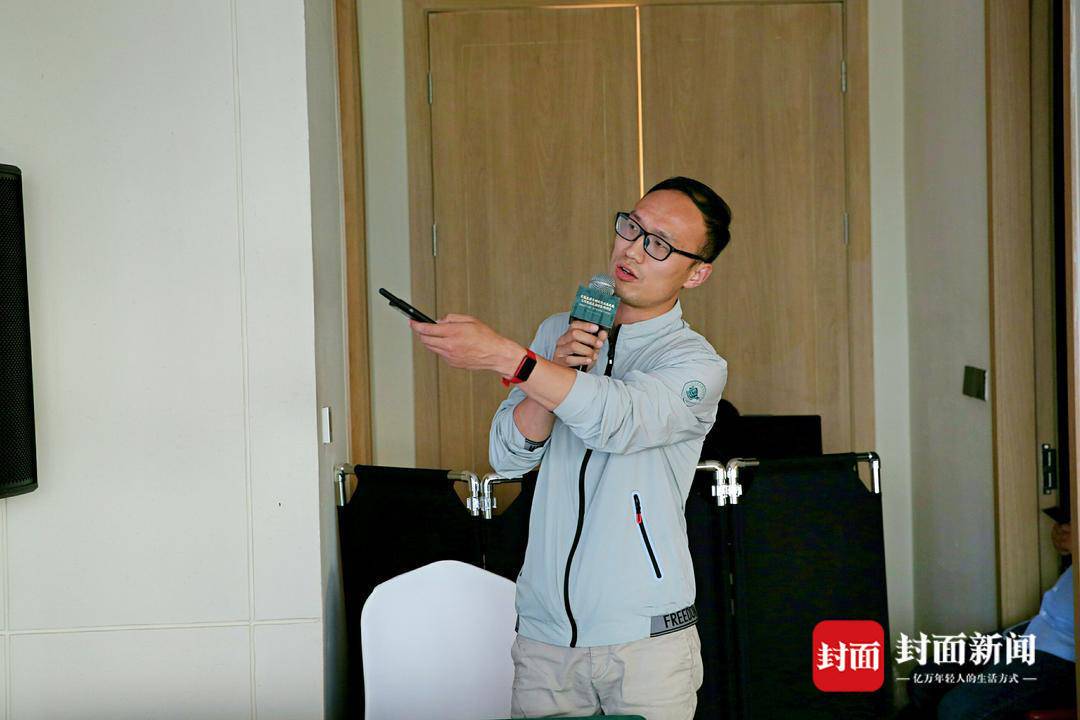
Seminar site
A large -scale military fortress site for Nanzhao Dali State
At the seminar, Gao Han introduced that a total of 192 small pieces were unearthed, including 156 ironware, 12 copper, 18 pieces of pottery, and 6 stones. Iron wares include a large number of iron nails, iron buckles, iron chains, iron arrows, iron knives, etc.
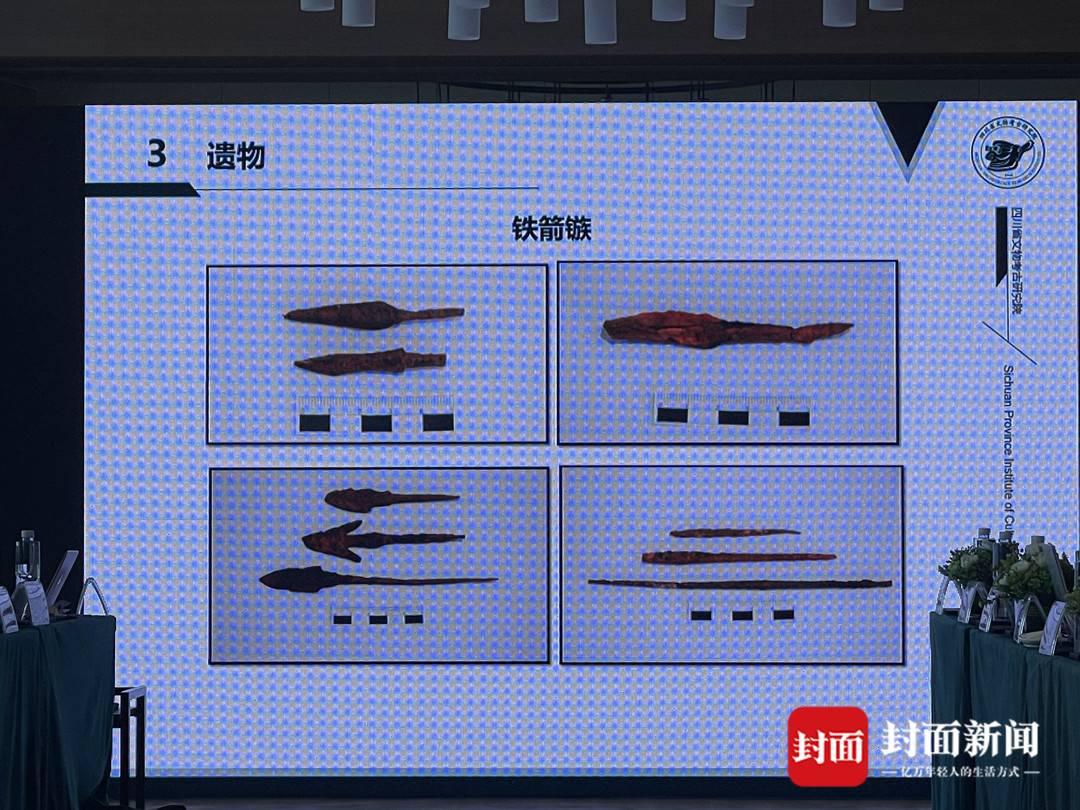
Iron arrows found
Archaeological players also found nearly 1,500 animal relics. After identification, people who were stationed here were found to have cattle and sheep. They were wild animals such as pigs, horses, and deer. Good eat barbecue. In addition, because the animal skeletal relics discovered are cut, scraped, and cut traces of cutting, archeologists speculate that some of the meat resources of this site resident may come from different places.
Based on the research on the type of science, combined with the results of the annual measurement, the site is mainly divided into early, middle, and late periods. The early days were mainly in the early Tang Dynasty and early Nanzhao; in the middle period of Dali, the upper limit may be earlier; the late period was from the Yuan Dynasty to the Ming Dynasty. During the period of Nanzhao Dali, it was about 700 to 1300 today. Based on archeological discoveries, this place should be a large -scale military fortress site during the Dali period of Nanzhao.
Gao Han said that the first excavation of the site provided new important physical materials for studying the historical and culture of the Tang Dynasty to the early Yuan Dynasty. In addition, the large -scale houses and beacon stations discovered by the site are well preserved and have a high original site display value.
According to reports, one -third of the total area of the excavation area was not enough. The survey found that in addition to the stone fence, there are also beacon stations, room sites and suspected trenches in the east of the site. In view of the important historical research value of the site, the Sichuan Provincial Institute of Cultural Relics and Archeology plans to continue to discover the remaining parts of the site, fully expose the appearance of the site, and further study the connotation of the site.
- END -
Cognitive misunderstandings in ancient books

The discrimination of ancient books is the study of the authenticity of ancient bo...
Evaluate by Extreme Fast | 95 -year -old "Thai Dou" Qiao Yu died, and the singing of the times will never end
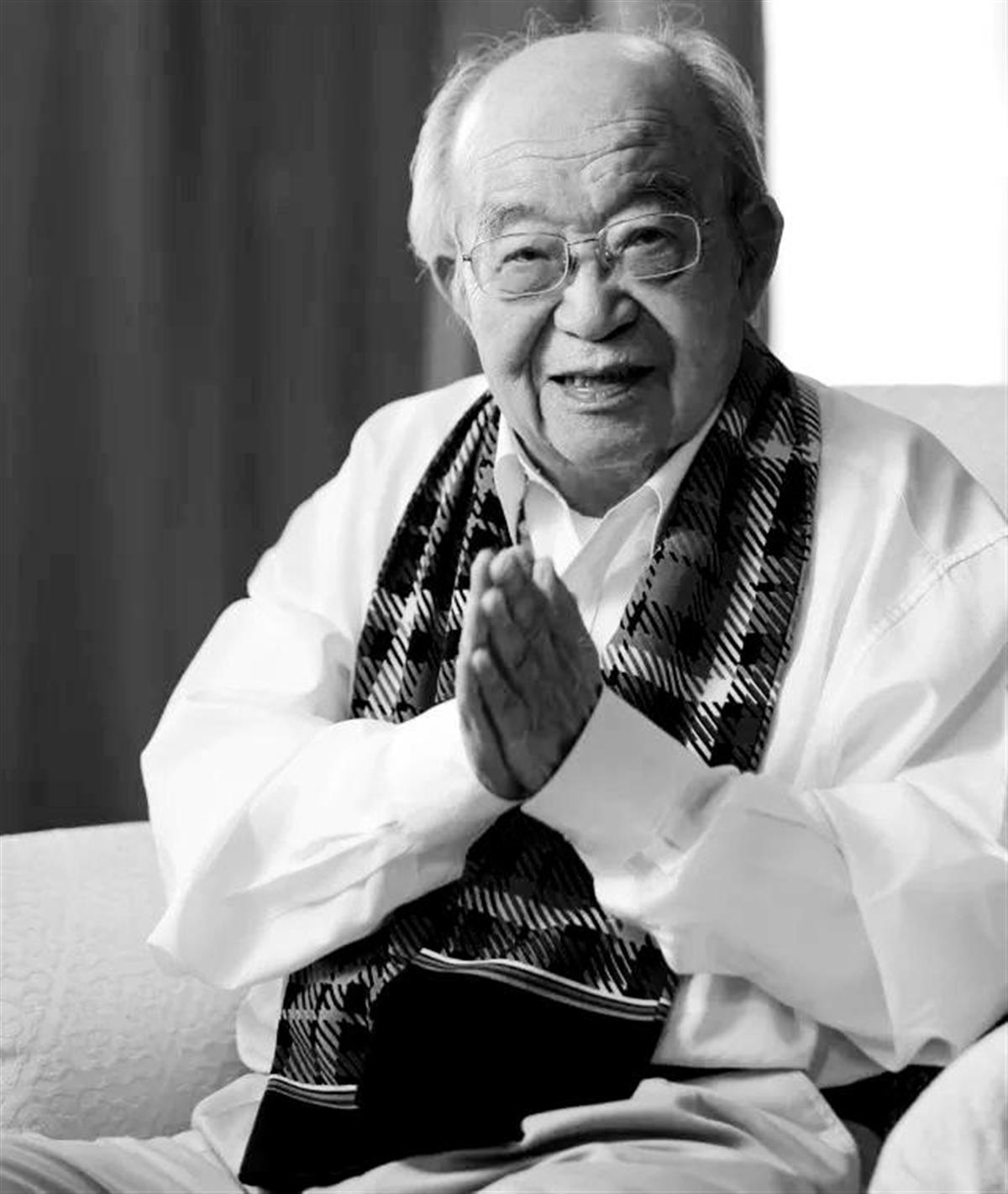
Ji Mu News commentator Qu JingThe famous noun writer Qiao Yu died in Beijing on th...